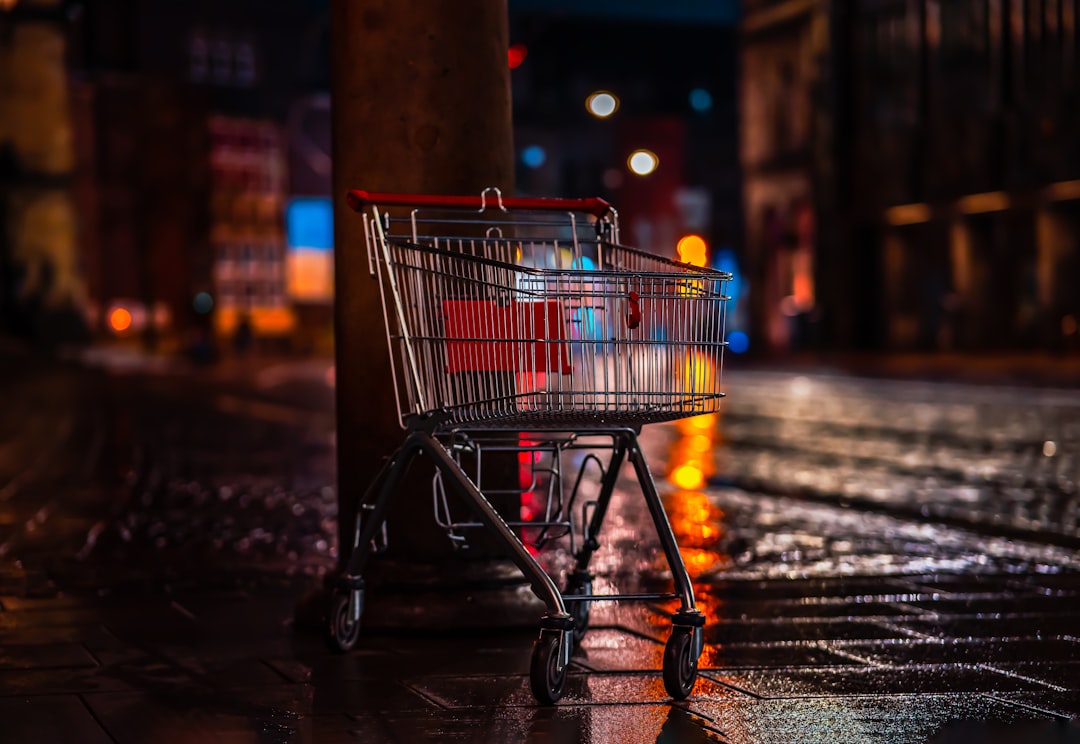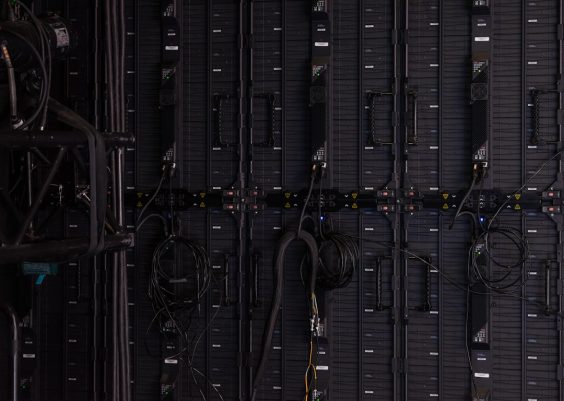When it comes to entering shipping information during an online purchase, one field seems to continuously confuse users and software systems alike: Address Line 2. While often labeled as “optional,” this field has significant implications when it comes to delivery success rates, especially in international e-commerce. Understanding how localization rules can reduce address errors is vital for businesses looking to minimize failed deliveries and improve the user experience.
Why Address Line 2 Exists
Address Line 2 was designed to capture extra address information that doesn’t fit cleanly into the main street address. This can include:
- Apartment numbers
- Suite identifiers
- Care-of (c/o) designations
- Floor numbers or building names
- Mailbox (P.O. Box) details
However, the ambiguity around how and when to use Address Line 2 leads to inconsistent formatting and, ultimately, delivery hiccups. Even within a single country, courier services may interpret the same information differently depending on format consistency.

The Pitfalls of Making Address Line 2 Optional
At face value, making Address Line 2 optional seems user-friendly. It reduces friction and eliminates clutter for users who don’t need it. But in reality, this practice can increase the chances of delivery failures.
Here’s why:
- Users Misuse Address Line Fields: Some customers may incorrectly split critical address information between Line 1 and Line 2. For example, putting “123 Main Street” in Line 1 and “Apt 5B” in Line 2 — which might be ignored by label printers or shipping software if Line 2 is not required or validated.
- Data Truncation: Some databases limit how many characters are pulled from each field when generating labels, and Address Line 2 often gets dropped.
- International Formatting Conflicts: In some countries, what would normally go into Address Line 2 (like postal codes or building numbers) is actually required as part of Address Line 1 instead.
Localization: A Global Solution
Localization is the process of adapting a product or service to accommodate the language, culture, and expectations of a specific regional market. When applied to shipping addresses, localization can vastly reduce errors and improve delivery rates.
Localized Address Field Structuring
Nations have very different addressing conventions. For instance:
- Japan: Addresses begin with the postal code and progress from the largest geographic area (prefecture) down to the smallest.
- Germany: Street names are typically followed by the house number, not the other way around.
- USA: Standard structure includes street address, followed by apartment or suite numbers spread over two lines.
When businesses force users into a singular, western-style address format that doesn’t adapt to these local norms, it leads to incorrect fields being used for critical information.

Adaptive Entry Forms: Smart Use of Address Line 2
One of the most effective strategies to tackle this challenge is creating dynamic address forms that adjust based on a user’s detected or selected location. Here’s how this helps:
- Visible Required Fields: For countries where extra location info like building numbers or floor levels are mandatory, the form automatically changes Address Line 2 to a required field.
- Label Renaming: Instead of the vague “Address Line 2,” the label changes depending on the country — for example, “Department,” “Apartment or Suite,” or “Building Name.”
- Preset Validations: Country-specific formatting rules can restrict unacceptable formats, like disallowing letters in numeric-only postal regions.
How Big Brands Handle Address Input
Some of the world’s leading e-commerce platforms have already integrated sophisticated address locators and autocompletion tools into their forms. These tools reduce user input error and anticipate localization requirements. For instance:
- Amazon: Automatically reformats addresses according to national mailing guidelines based on the country selected.
- Shopify: Allows store owners to customize address fields per shipping zone, increasing control and accuracy.
- Google Address Autocomplete: Suggests address completions that adhere to regional standards, minimizing user error further.
The Role of AI and Automation
Automated systems using machine learning can analyze previous delivery failures and adjust form input requirements accordingly. For instance, if orders to Italian customers track high error rates due to omitted floor numbers, the system can make floor entry mandatory for that region moving forward.
Best Practices to Improve Address Data Collection
Whether you’re a small online retailer or a large logistics company, getting the address right the first time is non-negotiable. Here are some best practices for structuring address data collection forms:
- Make Address Line 2 Optional — but Smart: Only make it optional in locations where it truly is. Use localization to trigger when it becomes necessary.
- Improve Field Descriptions: Replace ambiguous field labels with content that helps users understand what goes where.
- Train Systems for Parsing: Ensure your label-generation and shipping software recognizes and properly prints data from Address Line 2.
- Offer Real-Time Address Validation: Services like Loqate or SmartyStreets offer APIs that validate address accuracy as users type.
Benefits of Getting It Right
Optimized address entry forms don’t just reduce delivery errors — they improve customer satisfaction and reduce operational costs. Here’s how:
- Fewer Customer Support Tickets: No one likes handling “Where is my package?” questions. Clean data prevents these scenarios.
- Reduced Shipping Costs: Failed deliveries usually incur re-shipping fees, which erode profit margins quickly.
- Enhanced Brand Trust: Seamless deliveries improve the customer experience and reinforce brand reliability.
Future Trends and Innovations
As the global e-commerce landscape continues to evolve, more companies are exploring innovations that make localization even more seamless. Emerging trends include:
- Voice-Driven Inputs: Future UI systems may allow users to speak their address, with the system parsing it into correct, localized fields.
- AI-Powered Autofill: Machine learning could detect regional address conventions and pre-fill entire forms based on very limited user input.
- Visual Mapping Tools: Allowing users to “drop a pin” on their delivery location to generate an address with geocoordinates, especially helpful in non-standardized regions.

Conclusion
While Address Line 2 may be optional in some countries, it’s not a field that should be treated casually. When coupled with smart localization techniques, Address Line 2 becomes a valuable part of accurate shipping — not a confusing burden. By leveraging dynamically adaptive forms, better field labeling, and region-specific logic, businesses can cut down on failed deliveries, decrease costs, and keep customers happy. As international shipping continues to grow, addressing these “small” details becomes a big advantage.




